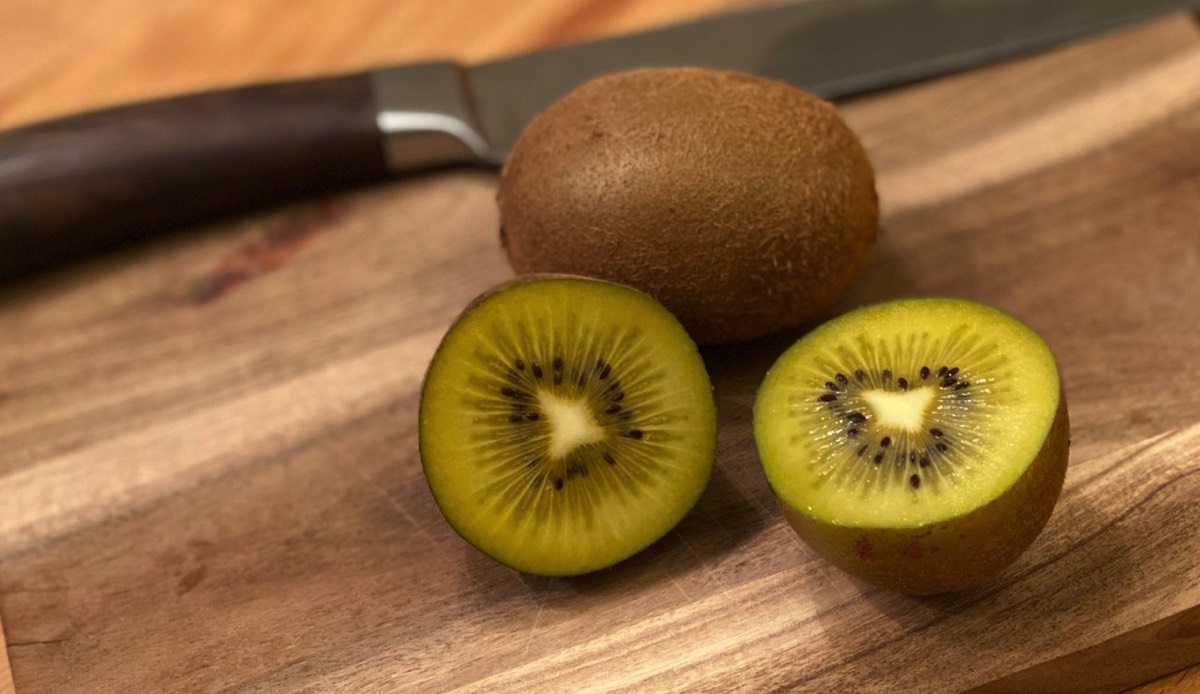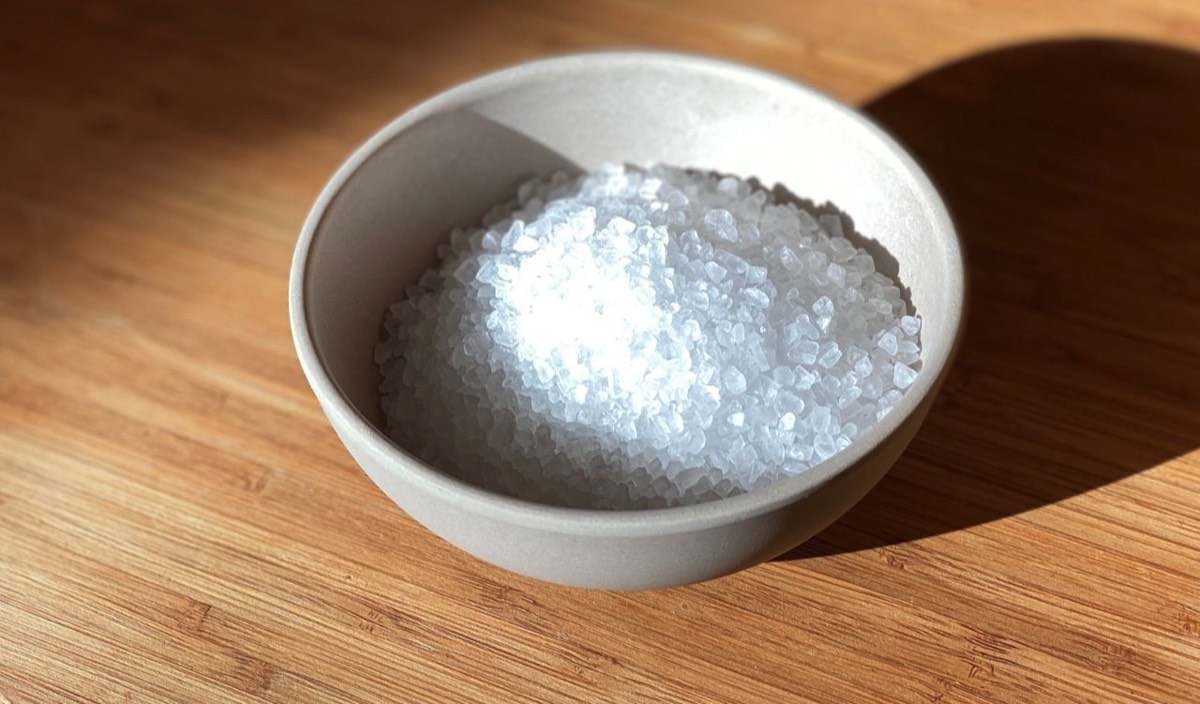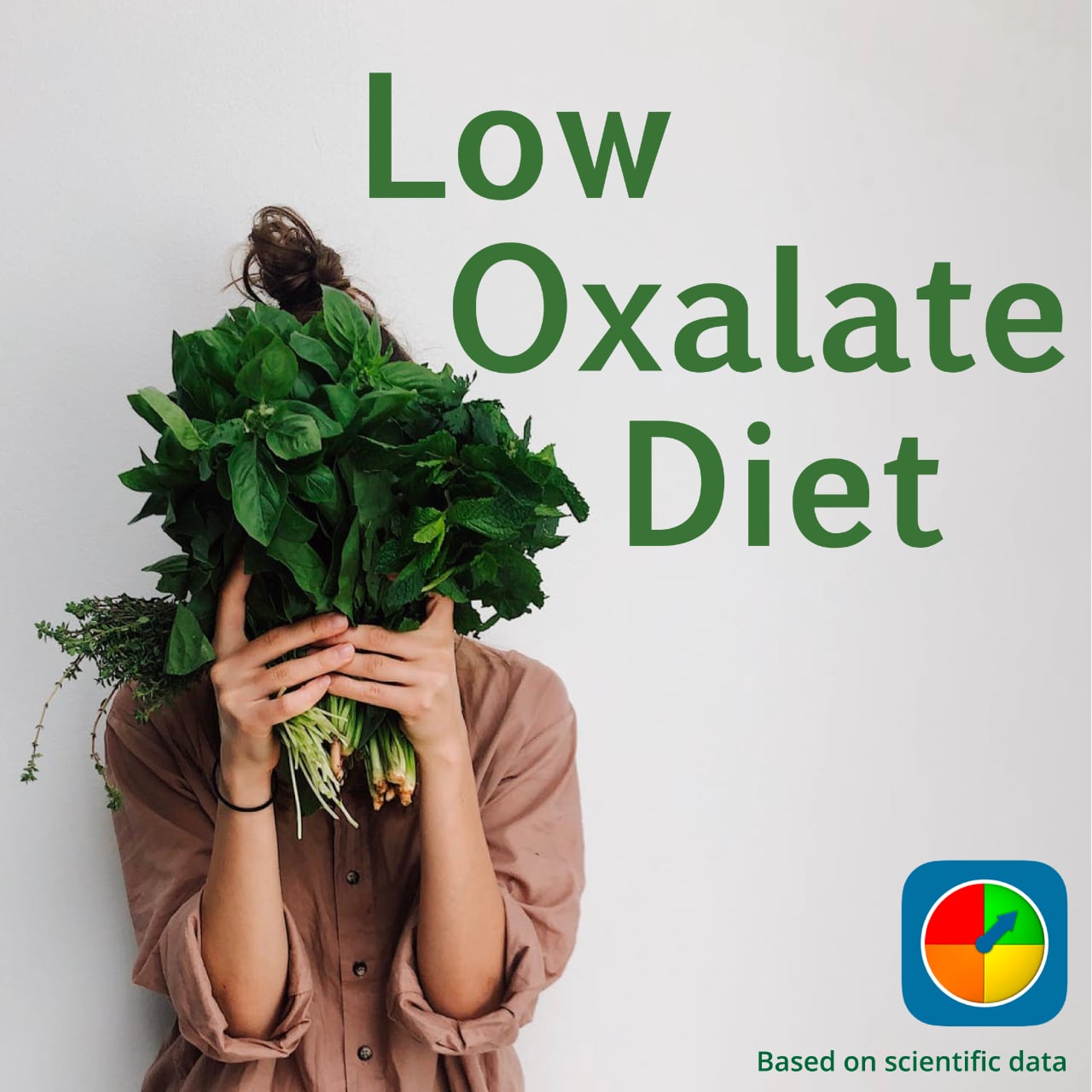Low Oxalate Diet Guidelines

Some of us may know the irritating feeling in the mouth after eating a kiwi. The fruit contains small, needle-shaped crystals that protect it from herbivores. These crystals (also known as raphides) can pierce the mucous membrane in the mouth and cause a stinging feeling. They are made of calcium oxalate. Oxalates are a class of substances that can almost exclusively be found in plant foods. Animal products normally don’t contain them.
Oxalates can also be produced by our own metabolism as a degradation product of proteins, vitamin C or, as has been recently discussed in scientific literature, as a side effect of diets overly rich in fructose. Oxalates don't have any nutritional value and the human body can neither use nor degrade them. They are usually excreted with the urine or the fecal matter.
Oxalates can also be produced by our own metabolism as a degradation product of proteins, vitamin C or, as has been recently discussed in scientific literature, as a side effect of diets overly rich in fructose. Oxalates don't have any nutritional value and the human body can neither use nor degrade them. They are usually excreted with the urine or the fecal matter.
Are oxalates dangerous for everybody?
Fortunately, this question can be answered with a clear "no". Oxalates usually do not pose a threat. However, oxalates bind to certain minerals, mainly calcium, and form insoluble compounds. Calcium that is chemically bound to oxalates is no longer bioavailable for the body. Excessive amounts of oxalates can be problematic if there is not enough calcium around to render them inert. The body may have to draw on the calcium reserves in the bones, which may ultimately lead to a reduced bone density. Modern habits of lifestyle may quickly push the body to its limits. A glass of ice tea can be considered unproblematic as ice tea only contains moderate amounts of oxalates. But drunk by the gallon on a daily basis it will eventually lead to problems.
Low oxalate diet prevents accumulation of oxalate salts in the body
Some individuals show an abnormal rate of absorption of oxalate salts. Over time the salts may accumulate in the body and lead to the formation of kidney stones. Nutrition (though by far not the only factor) can have a significant influence on the formation of stones and a diet low in oxalates can reduce the risk of recurrence.
A low oxalate diet restricts the daily intake to about 50 mg. Servings that contribute more than 10 mg should preferably be avoided. However, not every source of oxalates has to be avoided. Forgoing the major sources is usually enough. In many cases the oxalate load can already be significantly reduced by cooking a food: A part of the oxalates is washed out and can be removed by tossing the cooking liquid.
There are some factors that affect the absorption of dietary oxalates. One important factor seems to be whether oxalate is present in its soluble or insoluble form. The intestinal absorption of soluble oxalate is much more important – the insoluble oxalates are only absorbed very poorly and are in large part excreted. Therefore, we always indicate the proportion of soluble oxalates, where available.
A low oxalate diet restricts the daily intake to about 50 mg. Servings that contribute more than 10 mg should preferably be avoided. However, not every source of oxalates has to be avoided. Forgoing the major sources is usually enough. In many cases the oxalate load can already be significantly reduced by cooking a food: A part of the oxalates is washed out and can be removed by tossing the cooking liquid.
There are some factors that affect the absorption of dietary oxalates. One important factor seems to be whether oxalate is present in its soluble or insoluble form. The intestinal absorption of soluble oxalate is much more important – the insoluble oxalates are only absorbed very poorly and are in large part excreted. Therefore, we always indicate the proportion of soluble oxalates, where available.
Why is there so much conflicting information about the oxalate content of foods?
Following a low oxalate diet can admittedly be very difficult. Although many lists of the oxalate content of foods exist, the information available is very contradictory or incomplete. The determination of the oxalate content of foods is very prone to error. During the extraction other compounds that are present in the sample (e.g. vitamin C) may be transformed into oxalates and can significantly falsify the findings. On the other hand the extraction of oxalates can also be incomplete. Many older studies do not consider these sources of error and show exaggerated values. Erroneous and outdated information you can find on many websites may lead to great confusion and an unnecessary and dangerous restriction of one’s diet. Therefore, you have to be extra careful where you get your information from.
Oxalates are not the only risk factor for kidney stones

Oxalates are only one of several factors that are involved in the formation of kidney stones. Many guidelines focus too much on the restriction of dietary oxalates. However, it is often overlooked that high sodium intake results in increased excretion of calcium with the urine and that calcium is needed to bind oxalates. So salt intake should be lowered to a healthy level and not exceed 6 g per day (currently the average intake of men is about 10 g and for women 8.4 g).
A diet containing excessive amounts of meat is another factor that promotes the growth of kidney stones. Affected individuals benefit from a diet that is rich in vegetables and fruit, as it reduces the urinary loss of calcium. The citrates in sour fruits make the urine more alkaline and inhibit the formation of calcium oxalates crystalls. We also can't stress enough how important it is to drink enough. The intake of foods and beverages should be high enough to produce 2.5 l of urine daily. This simple measure can reduce the risk of recurrence of stones drastically!
Back to overview
A diet containing excessive amounts of meat is another factor that promotes the growth of kidney stones. Affected individuals benefit from a diet that is rich in vegetables and fruit, as it reduces the urinary loss of calcium. The citrates in sour fruits make the urine more alkaline and inhibit the formation of calcium oxalates crystalls. We also can't stress enough how important it is to drink enough. The intake of foods and beverages should be high enough to produce 2.5 l of urine daily. This simple measure can reduce the risk of recurrence of stones drastically!
Back to overview


